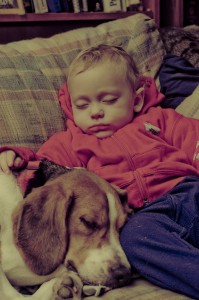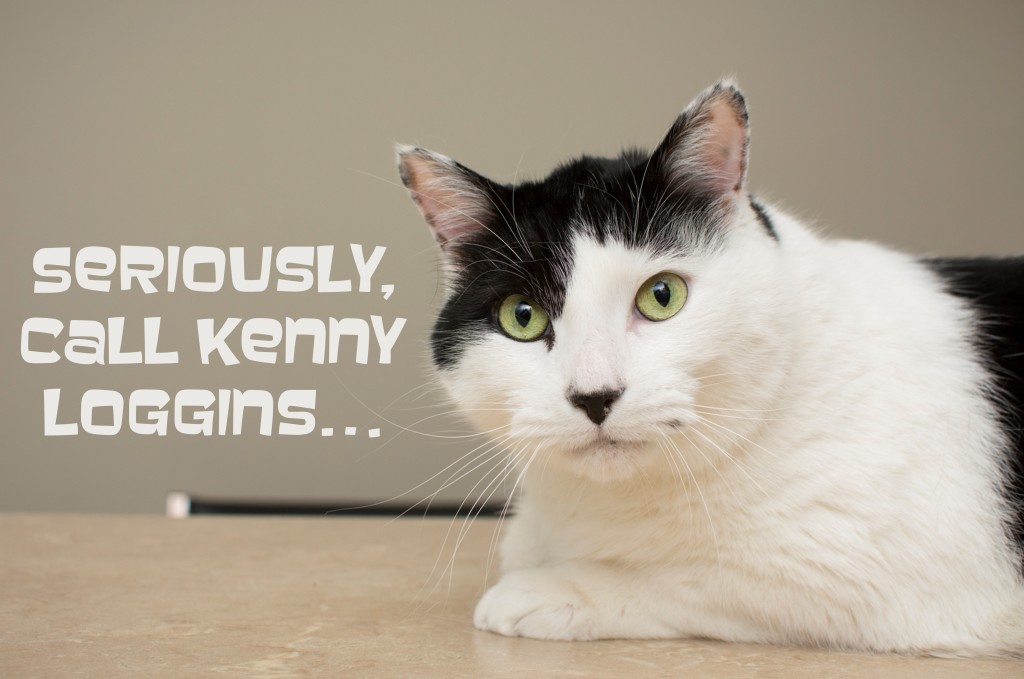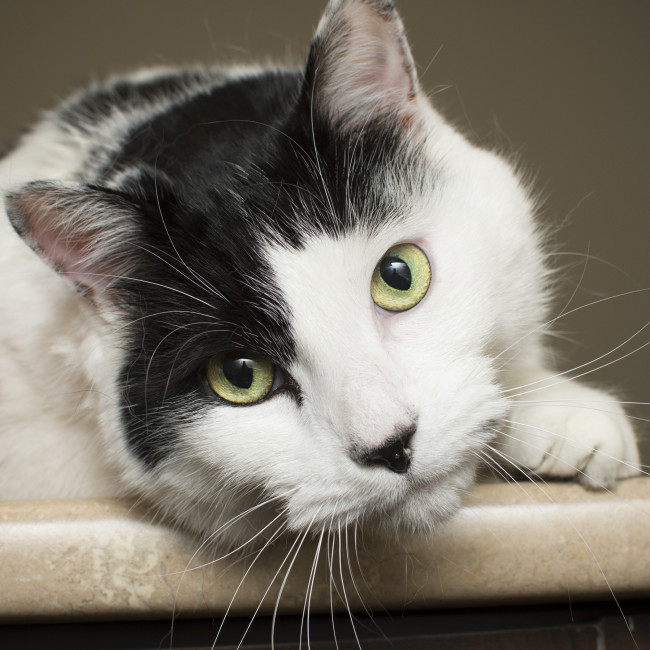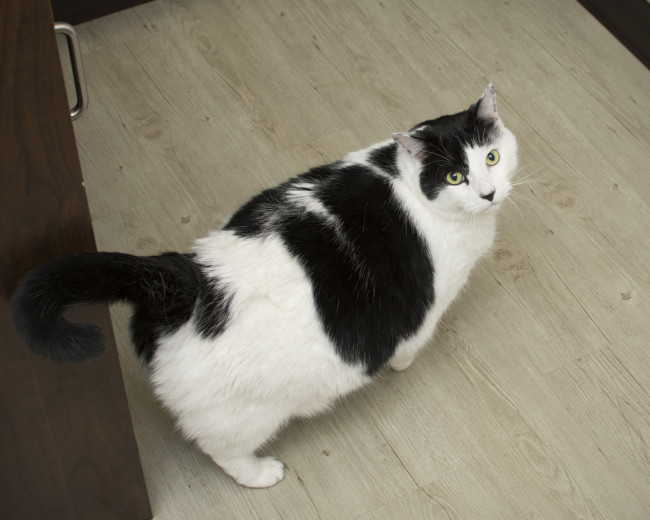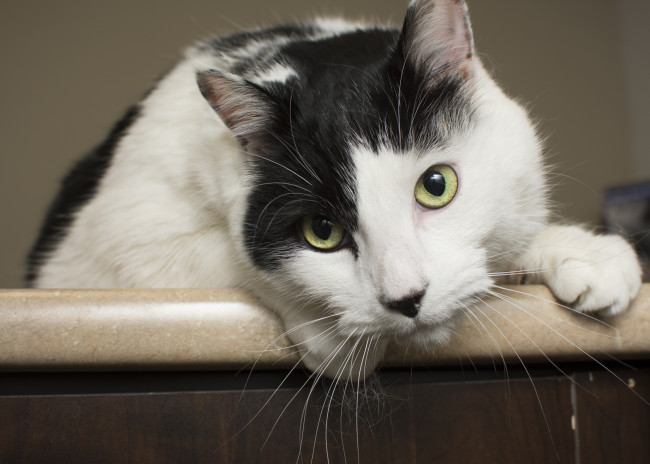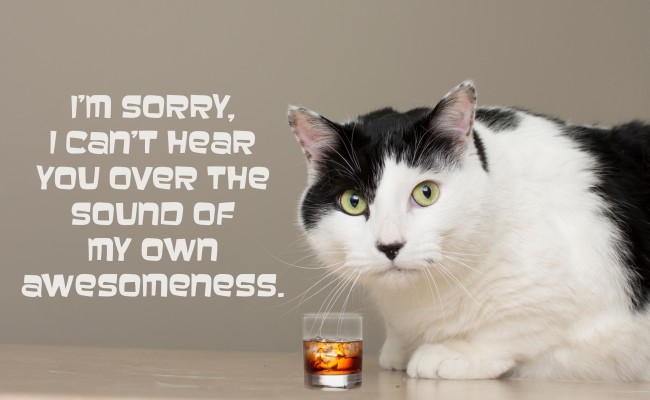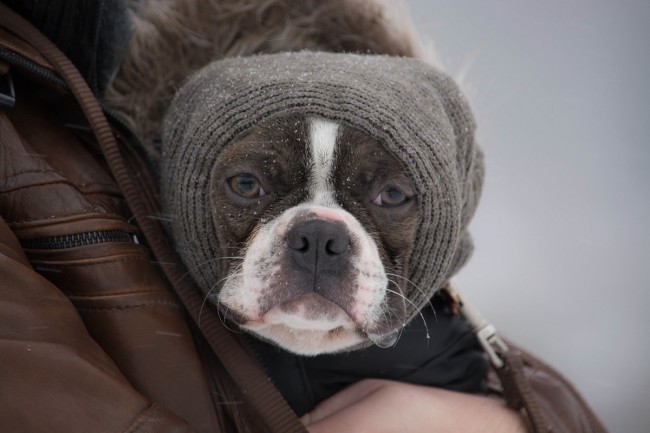By: Kristy Rhyason
 Around this time last year, I picked up a tiny little foster kitten affectionately named Runty Kim. She was with me for only a few weeks before being adopted by a family who wanted both her and her brother.
Around this time last year, I picked up a tiny little foster kitten affectionately named Runty Kim. She was with me for only a few weeks before being adopted by a family who wanted both her and her brother.
A couple weeks later they noticed Runty Kim was not doing well and rushed her to the vet.
Runty Kim had congestive heart failure.
The vet advised that she probably had less than a week to live, but we would give her medication to make her comfortable. Her family was devastated. I took Runty Kim home for palliative care.
When she arrived at my house she was lethargic and making very sad noises. I made her a bed in a basket with the comfiest blankets I could find. I sat with her, talked with her, and pet her. I gave her treats of tuna and let her drink out of fancy glasses off the table. I wanted her to have the best last days of her life.
I don’t think I slept that entire week.
A week passed and Runty Kim seemed to get a bit more energetic. The medication seemed to be working really well!
Every day she got a bit stronger. She still coughed a bit when fluid would build up in her lungs, but for the most part she started to become herself again – playing with toys, patrolling the house.
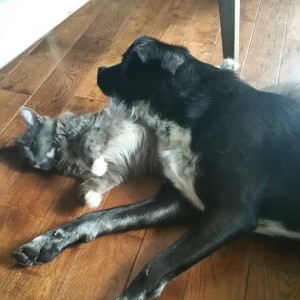 That was 11 months ago and Runty Kim is still with me.
That was 11 months ago and Runty Kim is still with me.
She is a little trouble maker; she likes to tease my dogs and my cats. She gets into everything and prowls the house looking for stuff she can steal like socks or twist ties. She prefers the company of my dogs to humans and snuggles with them every chance she gets. Much to their dismay, she cleans their ears and sits on their heads. My extended family and friends have fallen in love with her and are always excited to see her – even if she does occasionally bat at them as they walk by.
Runty Kim is not so runty 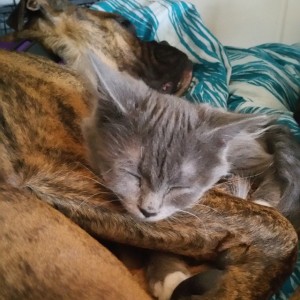 anymore. Since she’s become a part of the family, we have given her a permanent family name to fit with her trouble making personality: Monkey.
anymore. Since she’s become a part of the family, we have given her a permanent family name to fit with her trouble making personality: Monkey.
Every day I am thankful to wake up and be chased down the stairs by Monkey.
She still coughs occasionally. She gobbles up her pill pockets stuffed with medications twice a day. If we’re even a few minutes late delivering her medication (and the surrounding treat), she sits impatiently in the kitchen waiting to be served.
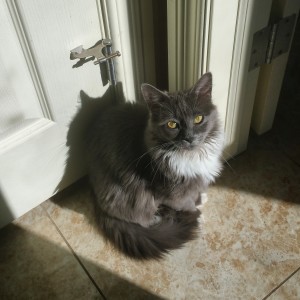 Monkey continues to defy the odds because Zoe’s took a chance on her and made sure she got the best care available. The staff at Crestwood Veterinary Clinic are excellent and they always ask for updates on her when I go to pick up her medication. There is a little community of cheerleaders surrounding her, championing for her to have the best life possible.
Monkey continues to defy the odds because Zoe’s took a chance on her and made sure she got the best care available. The staff at Crestwood Veterinary Clinic are excellent and they always ask for updates on her when I go to pick up her medication. There is a little community of cheerleaders surrounding her, championing for her to have the best life possible.
If you’d like to join her community of supporters, consider sponsoring Runty Kim.




